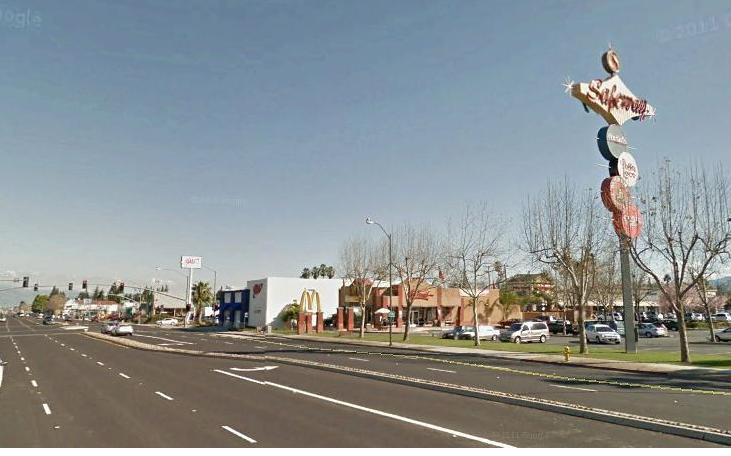As we go about our daily lives, most of us don’t spend very much time thinking about the lines on a map that divide cities. Our lives are more fluid than city boundaries. You might be a resident of San Jose, but commute everyday to a job in Santa Clara, take weekly grocery shopping trips to a market just across the border in Cupertino, and regularly visit your favorite park or restaurant in Mountain View. Physically, not much changes when you cross the border from one city to another, but politically, everything changes. Those arbitrary lines actually do define a lot in terms of who has power — who has a voice in local decision-making, who elected officials will listen to, and who cities plan for.
If you own property within a city’s limits, you have a say in who gets elected to the City Council, and once elected, those Councilmembers work for you. But what if you live in one city but spend most of your day working in another? Journalist Emily Badger points out the harsh truth: “If, at the end of the day, you go sleep somewhere else, you are invisible to the process of how we decide what’s right for that city.”
We don’t think of people who work but don’t “live” there, or who’d like to live there but can’t afford to, or who once lived there but had to leave, or who could access better jobs if only they could move there, or who commute through there as part of their daily lives… Put it that way, and the premise seems odd: Why plan a place as if the only people invested in it are the ones who use it at night?
A group of Santa Clara residents raised a similar question, prompting the City Council to hold a study session on neighborhood plans adopted by another city — the Stevens Creek and Winchester Boulevard Urban Village Plans recently approved by the City of San Jose. This isn’t something you see every day, but conversations like these could be promising if handled properly. Cities should absolutely be talking about what’s happening in neighboring jurisdictions; the only way for local governments to effectively respond to the housing crisis is by working together to do what’s best for the region.
But the Santa Clara study session went in the opposite direction. One Councilmember summarized the tone of the public comments via the words of her constituent, a Santa Clara resident who lives on the border of the Stevens Creek Urban Village: “I’m not a NIMBY; I’m not saying not in my backyard, I’m saying not in my front yard!” (Yikes.) Rather than opening up a dialogue about how cities need to work across boundaries to plan better as one county and region, many of the public speakers called for the extension of their parochial power beyond their own city — basically, for San Jose to do what’s best not for the region as a whole, or even for its own residents, but for themselves as Santa Clara residents.
In response, we call for a new conversation on how we should engage across city boundaries. Yes, anyone impacted by a local decision should have the opportunity to weigh in, regardless of whether or not they can claim a home address in that city. Yes, elected officials from across the region should talk to each other about the broader implications of their plans. As Emily Badger explains, where we “live” is not defined solely by our place of residence, but by all of the places where we spend our lives. But at the center of all of this, we must move past individualism and parochialism so that we can prioritize the well-being of everyone who spends any part of their day in the Bay Area. This is what we mean by housing for all, and why we continue working to build a broad, inclusive coalition of members across cities, sectors, and constituencies. Without moving everyone forward, we all fall behind.
While many of the comments made at the Santa Clara study session were disheartening, there is a chance to turn the conversation around. The Santa Clara City Council voted to create a task force that would be asked to develop an approach for coordinating with San Jose and other cities on their border regarding land use plans in the future. What exactly might come out of this task force is uncertain, but it provides an opportunity to speak out for equitable development and by expanding our circle of concern and planning together as a region. We hope that you’ll join us.

